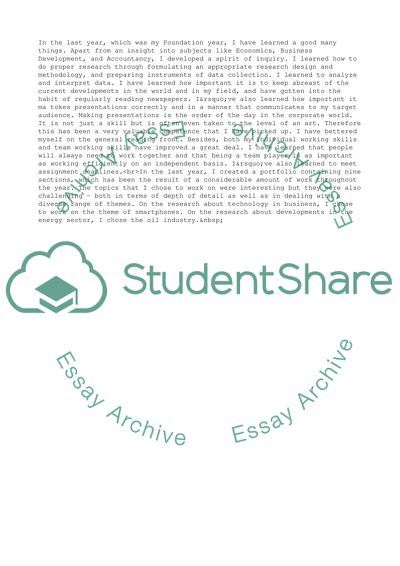Cite this document
(“Diagnosing and Changing Organizational Culture Personal Statement - 5”, n.d.)
Diagnosing and Changing Organizational Culture Personal Statement - 5. Retrieved from https://studentshare.org/business/1563499-reflective-essay
Diagnosing and Changing Organizational Culture Personal Statement - 5. Retrieved from https://studentshare.org/business/1563499-reflective-essay
(Diagnosing and Changing Organizational Culture Personal Statement - 5)
Diagnosing and Changing Organizational Culture Personal Statement - 5. https://studentshare.org/business/1563499-reflective-essay.
Diagnosing and Changing Organizational Culture Personal Statement - 5. https://studentshare.org/business/1563499-reflective-essay.
“Diagnosing and Changing Organizational Culture Personal Statement - 5”, n.d. https://studentshare.org/business/1563499-reflective-essay.


